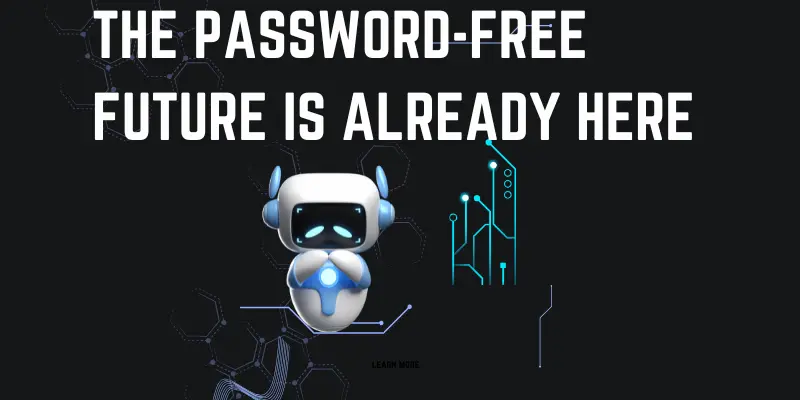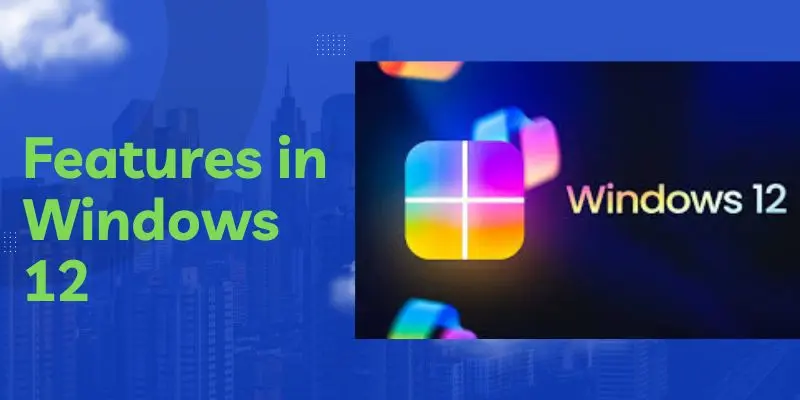Windows 12 Security – Powerful Features Users Ignore
Published: 07 May 2025
When working with organizations on securing their applications and data, I’ve noticed that many overlook critical Windows 12 Security features, even when they are enabled by default. With Windows 12, Microsoft builds on the foundation laid by Windows 11, which already introduced innovations like secured-core PCs and virtualization-based security. These features make devices far more resilient to malware, especially when combined with hypervisor-protected code integrity and secure boot. Yet, many users rarely enable them, even though they could prevent both mainstream and sophisticated attacks before they start.
From my own experience, IT professionals often struggle with simplifying deployment and enabling key Windows 12 Security tools like multi-factor authentication, Windows Hello, or leveraging the Trusted Platform Module (TPM).
The Password-Free Future Is Already Here
Many people still don’t realize how powerful the passwordless features in Windows 11 and now Windows 12 are. I’ve helped organizations across different sectors—including defense, satellite, and even pharmaceuticals – shift from traditional passwords to passkeys, and the protection results have been game-changing.

Microsoft’s global threat intelligence shows that it handles over 65 trillion security signals every day, with more than 4,000 password attacks happening every second. These aren’t just random events – nation-state attackers like Peach Sandstorm use password spray attacks to compromise high-value targets, and old methods just don’t hold up anymore.
What’s exciting is how Microsoft, along with other technology leaders, is promoting passkeys through the FIDO Alliance. A passkey is a unique, unguessable, cryptographic credential that’s securely stored on your device – way safer than typing the same password on every website or application. I’ve used Windows Hello and Windows Hello for Business to access apps with just my face, fingerprint, or a device PIN, even across multiple browsers like Microsoft Edge, Google Chrome, and Firefox. When users create a passkey, it syncs to their phone or tablet too, making the sign-in process both faster and more secure. You even get a clean management dashboard in Settings → Accounts → Passkeys to see and manage everything on your Windows 11 device. For today’s hybrid teams, combining strong authentication with AI for remote work productivity means a smoother, more secure workflow – where identity protection and efficiency go hand in hand. If you’re an application owner, now’s the time to develop your passkeys infrastructure and offer sign-in options that make passwords obsolete.
Simplifying and Modernizing Security for IT by Reducing the Attack Surface
As IT environments grow more complex, reducing the attack surface has become a vital strategy in modern cybersecurity. The image below highlights how today’s solutions are evolving to simplify and strengthen system defenses.

This visual gives a glimpse into the technologies and practices that aim to make IT systems more secure with less effort. Let’s now explore a powerful yet underused feature in Windows 12 that supports this goal.
Rarely Used but Critical – Hidden Security Features in Windows 12
From my years managing enterprise systems, I’ve seen how IT teams often struggle to lock down environments while keeping employees productive. The good news is, Windows 11 and the upcoming Windows 12 are changing the game. Microsoft is bundling powerful new tools aimed at improving authentication, reducing manual overhead, and helping organizations stay secure. Most people don’t realize how many policy configurations are now easier to maintain using Intune. One standout feature I’ve recently implemented across our org is Windows Hello for Business with Passwordless logins—no more weak passwords or risky resets. Instead, we use FIDO2 security keys and phishing-resistant credentials, which means from day one, users can sign in using strong, biometric-based methods on Windows 11 devices. These settings work seamlessly across Microsoft Entra ID-joined machines, completely removing password fields from the Windows user experience. And if there’s ever a hiccup, recovery mechanisms like PIN reset, web sign-in, or even a Temporary Access Pass (TAP) offer smooth fallback options, particularly helpful in education scenarios or for remote teams.
Another underrated gem is Config Refresh. If a user or some potentially unwanted applications try to modify registry settings or disable defenses, this tool kicks in automatically to revert policies to a secured state. We’ve set our systems to reset every 90 minutes by default, though in high-risk environments, we’ve dialed that down to 30 minutes. Powered by the policy configuration service provider (CSP) and tightly integrated with Microsoft Intune, this ensures hundreds of settings stay retained as originally configured. It works well with Mobile Device Management and even allows IT administrators or help desk technicians to pause or turn back on enforcement as needed. This feature was a lifesaver during one rollout we did with the Insiders build – it kept our controls consistent across all organizations we supported.
Then there’s Custom App Control and Application Control for Business (once called Windows Defender Application Control). These tools allow us to only permit trusted apps, completely shutting down entry points for attackers. With next-generation capabilities in Windows 10 and above, you can manage and configure these policies via the admin console and even use Intune as a managed installer. That means only approved, trusted applications can run, which is a core part of our security strategy in defending against malware across the digital estate.

Lastly, let’s talk about Windows Firewall. With new configurations, we’ve seen enhanced management over inbound rules, outbound rules, and even ICMP types and codes. Using app ID tagging, we can target specific applications without relying on the full file path, making things much more flexible. The built-in firewall now helps identify whether a device is on on-premises domain subnets, thanks to smarter network list manager settings and location awareness. All these features combined offer better protection with granular logging across domain, private, and public firewall profiles, which has helped us troubleshoot issues faster and stay compliant with internal policies.
Conclusion
So, guys, in this article, we’ve covered Windows 12 Security Features Most Users Never Enable” in detail. From my personal experience managing IT infrastructure, I strongly recommend enabling Windows Hello for Business and Custom App Control right away -they significantly reduce your risk without affecting user productivity. If you care about keeping your systems safe and running smoothly, take a few minutes today to explore these hidden tools. Don’t wait for a breach – start securing your devices now.
FAQs
Passwordless sign-in means you don’t need to type your password to log in. Instead, you use things like facial recognition, fingerprint, or a FIDO2 security key. It’s more secure and harder for hackers to steal.
Windows Hello for Business is available only on certain devices and editions of Windows 12. Make sure your device is joined to a Microsoft Entra ID (formerly Azure AD) and has the right hardware. You may also need your IT admin to enable it for you.
Config Refresh helps reset your device’s settings every 90 or 30 minutes to keep things secure. If someone tries to change a setting or install unsafe software, Config Refresh will put it back the way IT wants. It’s very useful if you share your PC or are in a work environment.
That’s how Config Refresh is supposed to work—it resets anything outside of your company’s policy. If you’re testing settings or customizing your device, you may want to pause Config Refresh temporarily (if allowed by IT). Always check with your admin first.
App Control blocks apps before they run, especially ones not approved by your company. Antivirus checks files and apps after they run for harmful behavior. App Control is more about prevention, while antivirus is more about detection.
Trusted apps are usually approved by your company or digitally signed by known publishers. If you try to open an untrusted app, Windows might block it or warn you. You can check with your IT team or admin for approved app lists.
It’s possible that some apps are being blocked because they’re not recognized as trusted. You can ask your admin to add them to the approved list or temporarily disable App Control. Avoid downloading apps from unknown websites.
Microsoft Entra ID (formerly Azure AD) is what Windows uses to manage company or school logins. Many security features in Windows 12, like passwordless sign-in and app control, need your device to be connected to it. It helps link your device to the correct rules and permissions.
Some features, like passwordless sign-in and Windows Hello, can be used at home. Others, like Config Refresh and Custom App Control, are mainly designed for business and education devices. Home users can still benefit by enabling basic options in the Settings app.
If you change Windows Firewall rules, it may block certain apps or networks by mistake. Try reviewing your firewall settings or resetting them to default. Make sure only the necessary apps are allowed to access the internet.

- Be Respectful
- Stay Relevant
- Stay Positive
- True Feedback
- Encourage Discussion
- Avoid Spamming
- No Fake News
- Don't Copy-Paste
- No Personal Attacks

- Be Respectful
- Stay Relevant
- Stay Positive
- True Feedback
- Encourage Discussion
- Avoid Spamming
- No Fake News
- Don't Copy-Paste
- No Personal Attacks





